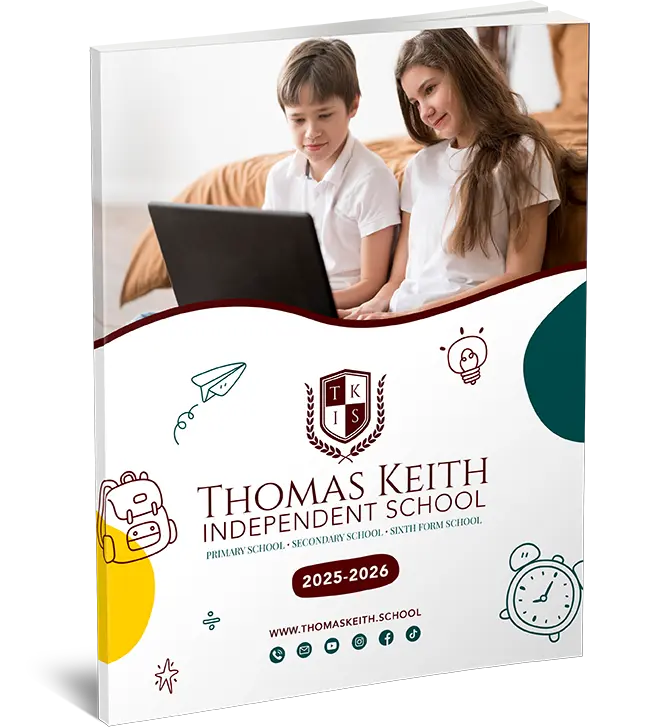Using Commas In KS2
Using Commas In KS2: A Complete Guide
Commas are essential in writing. They help structure sentences, clarify meaning, and improve readability. For KS2 students, understanding when and how to use commas is an important skill in English. This guide will cover the key uses of commas, examples, and exercises, ensuring clarity and simplicity.
What Are Commas?
Commas are punctuation marks used to separate parts of a sentence. They prevent confusion by dividing ideas, listing items, or introducing pauses.
Key Uses of Commas in KS2
- Separating Items in a List
- Use commas to separate three or more items in a list.
- Example: “I bought apples, bananas, oranges, and grapes.”
- The last comma before “and” is called the Oxford comma, but its use depends on preference.
- Before Conjunctions in Compound Sentences
- Place a comma before conjunctions like and, but, so, and or when joining two independent clauses.
- Example: “I wanted to go outside, but it started to rain.”
- After Fronted Adverbials
- Use a comma after a fronted adverbial (a phrase or word at the start of a sentence to describe time, place, or manner).
- Example: “In the morning, we went for a walk.”
- To Mark Clauses
- Use commas to separate subordinate clauses when they appear at the start of a sentence.
- Example: “If it rains, we will stay inside.”
- Direct Speech
- Place a comma before or after the reporting clause in direct speech.
- Example: She said, “I am happy to help.”
- Adding Extra Information
- Use commas to enclose non-essential information or clauses that can be removed without changing the meaning.
- Example: “My dog, a golden retriever, loves to play fetch.”
- In Numbers
- Use commas to separate thousands in numbers for easier reading.
- Example: “The population is 12,345.”
Example: Thomas Keith Online Independent School
Thomas Keith Online Independent School encourages students to master punctuation, including commas. Their KS2 English programme uses interactive lessons to teach how commas improve sentence clarity. For example, students learn to write complex sentences like:
- “During the lesson, we practised using commas in lists, clauses, and fronted adverbials.”
The school’s approach ensures that learners confidently use commas in their writing.
FAQs About Using Commas in KS2
- Q: What is the main purpose of a comma?
A: A comma separates ideas in a sentence, making it easier to read and understand. - Q: Should I always use a comma before “and”?
A: No, it depends on the context. Use it in a list with more than three items if needed for clarity. - Q: How can I tell where a comma is needed?
A: Read the sentence aloud. A natural pause may indicate where a comma should go. - Q: Can too many commas make a sentence confusing?
A: Yes, overusing commas can clutter writing. Use them only where they add clarity.
Conclusion
Mastering the use of commas in KS2 is essential for clear and effective writing. By practising these rules, students can improve their sentence structure and convey ideas confidently. Schools like Thomas Keith Online Independent School provide excellent resources to help students excel in punctuation, ensuring they are well-prepared for future learning.




